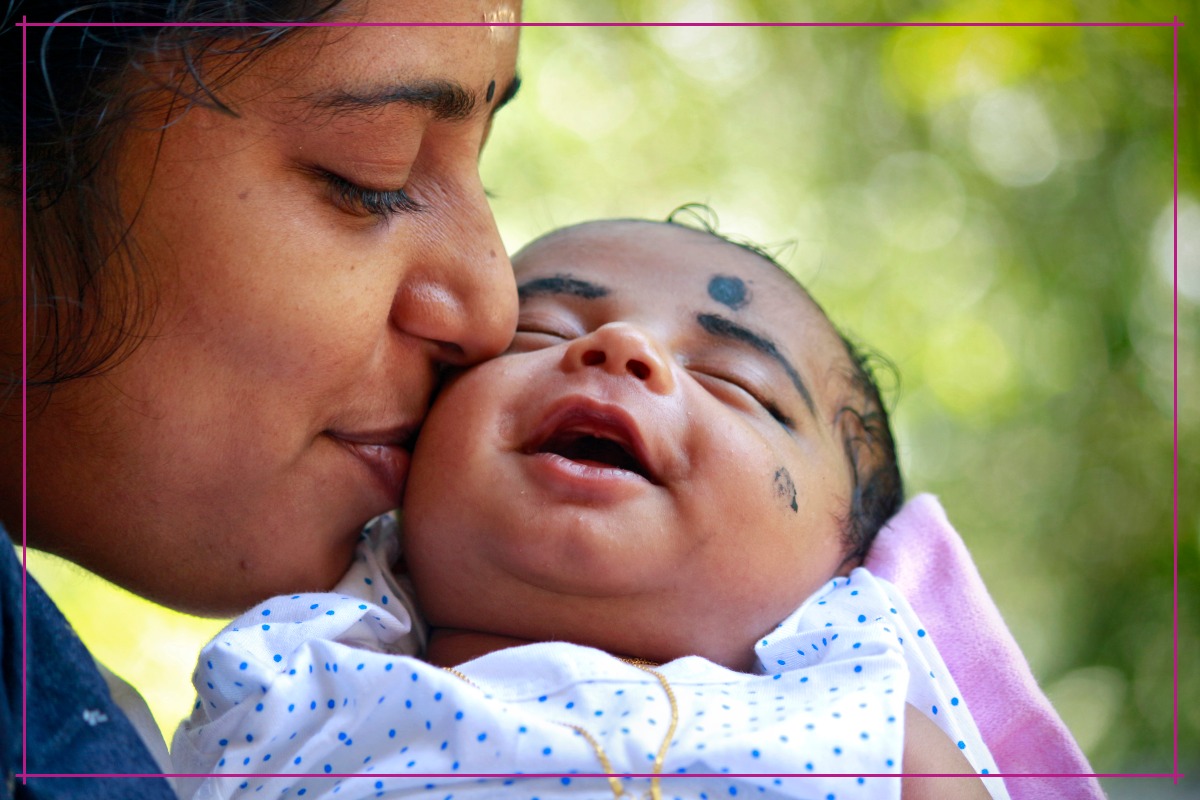
The way that a parental figure interacts with a child can determine their lifelong attachment style. When that child becomes an adult, they may find themselves struggling with trust, commitment, jealousy, and inconsistent reactions. These are symptoms of an insecure attachment style. What do the four attachment styles look like, though?
Secure Attachment
When people possess a secure attachment style, they appear warm, friendly, expressive, communicative, and team-oriented.
A child develops a secure attachment when they feel safe, seen, soothed, supported, and special. These five Ss are the puzzle pieces to secure attachment.
Insecure Attachment
There are three types of insecure attachment: anxious–preoccupied, avoidant–dismissive, and disorganized. Let’s look at the way they appear in relationships and the way they form.
Anxious–Preoccupied
An anxious attachment style appears in the form of low self-esteem, fear of abandonment, high reactivity, jealousy, and negative self-talk. People with this attachment style need regular assurance that their partner loves them and wants them.
Anxious–preoccupied attachment typically appears in inconsistent parenting styles. The child will receive validation and support sometimes. Other times, they will get an uncaring response.
Avoidant–Dismissive
An avoidant attachment style appears in the form of independence, distrust, barriers to emotional and physical intimacy, and relationship-sabotaging behaviors. They will find reasons to end a perfectly healthy relationship.
Avoidant–dismissive attachment develops as a result of cold, distant, strict parenting. The children may seem stable, but they don’t tolerate emotions well.
Disorganized
A disorganized attachment style appears in the form of distrust, wanting to be loved, negative self-esteem, negative perception of partners, and self-sabotage.
Disorganized attachment forms when a child’s source of safety also becomes their biggest fear. This often occurs due to physical, sexual, or verbal abuse at the hands of parental figures.
Changing Attachment Styles
If you have one of the insecure attachment styles, don’t feel hopeless. People can change their attachment style with a loving partner, patience, and proper therapy. Therapists will work on building internal and external trust. They’ll help patients process their attachment trauma.
Attachment styles include secure, anxious–preoccupied, avoidant–dismissive, and disorganized. The insecure attachment styles typically form from developmental attachment trauma. This is particularly true with disorganized attachment. That style of attachment forms from rather direct trauma or neglect. All the attachment styles impact the way adults interact with romantic partners. Mental health professionals at The Guest House understand that trauma is the root of many issues. If your attachment style worsens mental health disoders, we can provide you with a comprehensive mental health plan. When you’re ready to make a change, call us at (855) 483-7800.